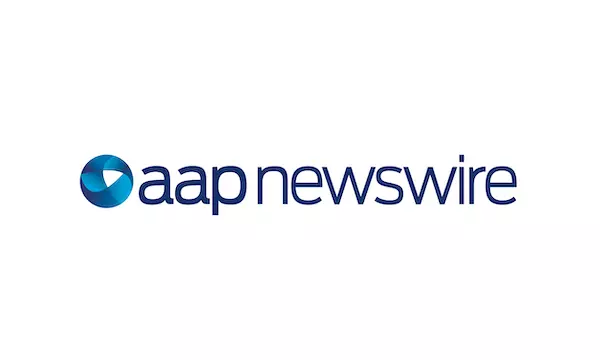
Washington (AFP) - A massive interest rate hike by the US Federal Reserve and promises of more to come are fueling warnings that the only offramp from the searing price hikes engulfing American families is a full-blown recession.
The Fed remains hopeful it can slow activity and demand, cooling the blistering pace of inflation, without derailing the world's largest economy.But skepticism is growing about the chances of success.
The central bank hiked the benchmark borrowing rate on Wednesday by three-quarters of a point, the biggest increase in nearly 30 years, and indicated a similar move is possible in July.
The super-sized rate increase came as the Fed faces intense pressure to curb soaring gas, food and housing prices that have left millions of Americans struggling to make ends meet and sent President Joe Biden's approval ratings plunging.
The central bank has raised the key rate 1.5 points since March, as the Russian invasion of Ukraine and ongoing Covid-related supply chain issues combine to send prices up at the fastest pace in more than four decades.
Fed Chair Jerome Powell said a recession with job losses is not the goal, but bringing down inflation "expeditiously" is "essential" since that is vital to a healthy economy.
But Kathy Bostjancic, chief US economist at Oxford Economics, warned that "it becomes very difficult to thread that needle."
The Fed will need a Goldilocks scenario where "a number of things fall into place and at the right time," she told AFP.
The healthy US labor market and strong consumer demand, helped by a beefy stockpile of savings, are working in the Fed's favor and could support activity even as the economy cools.
In the wake of the Fed decision, mortgage rates rocketed to their highest level in 13 years, with the average for a 30-year, fixed rate home loan reaching 5.78 percent.
Drivers still face gas prices at the pump of more than $5 a gallon, although for the first time in days, the national average fell on Wednesday, down from Tuesday's record.
"My colleagues and I are acutely aware that high inflation imposes significant hardship, especially on those least able to meet the higher costs of essentials like food, housing and transportation," Powell told reporters after the rate hike was announced.
The Fed's tools can only affect demand, but White House has been trying to push through legislation to lower prices directly.
Higher unemployment
Biden signed a shipping reform bill on Thursday that will allow the government to crack down on firms that have raised transport costs as much as 1,000 percent -- which has ripple effects for many products.
The measure will "put a stop to shipping companies taking advantage of American families, farmers, ranchers and businesses and to bring down prices and give the American people a little bit of breathing room," he said at the White House.
With the Fed's shift towards aggressive tightening of lending conditions -- which policymakers see rising to 3.8 percent next year -- the best officials might be able to hope for now is a "softish" landing, which would include higher joblessness.
The economy has continued to create jobs: the unemployment rate in May was 3.6 percent, just a tick above its pre-pandemic level, and there are nearly two job openings for every unemployment person, compared to 1.3 pre-Covid.
The Fed chief said 4.1 percent unemployment with inflation heading down to two percent "would be a successful outcome."
But he stressed that "events of the last few months have raised the degree of difficulty," and achieving a soft landing likely will "depend on factors that we don't control."
Rising risks
Even so, a half-point increase in the jobless rate can signal the start of a recession.
Diane Swonk of Grant Thornton, a long-time Fed watcher, called the central bank's outlook "fanciful."
Steve Englander of Standard Chartered Bank and a former Fed economist said the outcome will be "be painful, even if it's not a technical recession" -- usually defined as two quarters of negative growth.
"The risk of a recession is rising and it's rising sharply," he told AFP.
But Bostjancic said without tough action to contain prices, the US could face stagflation -- sluggish growth with high inflation -- last seen in the 1970s and 80s.
"The Fed is worried that if they don't take care of inflation, now, it's going to linger and be a problem many years into the future," she said.







